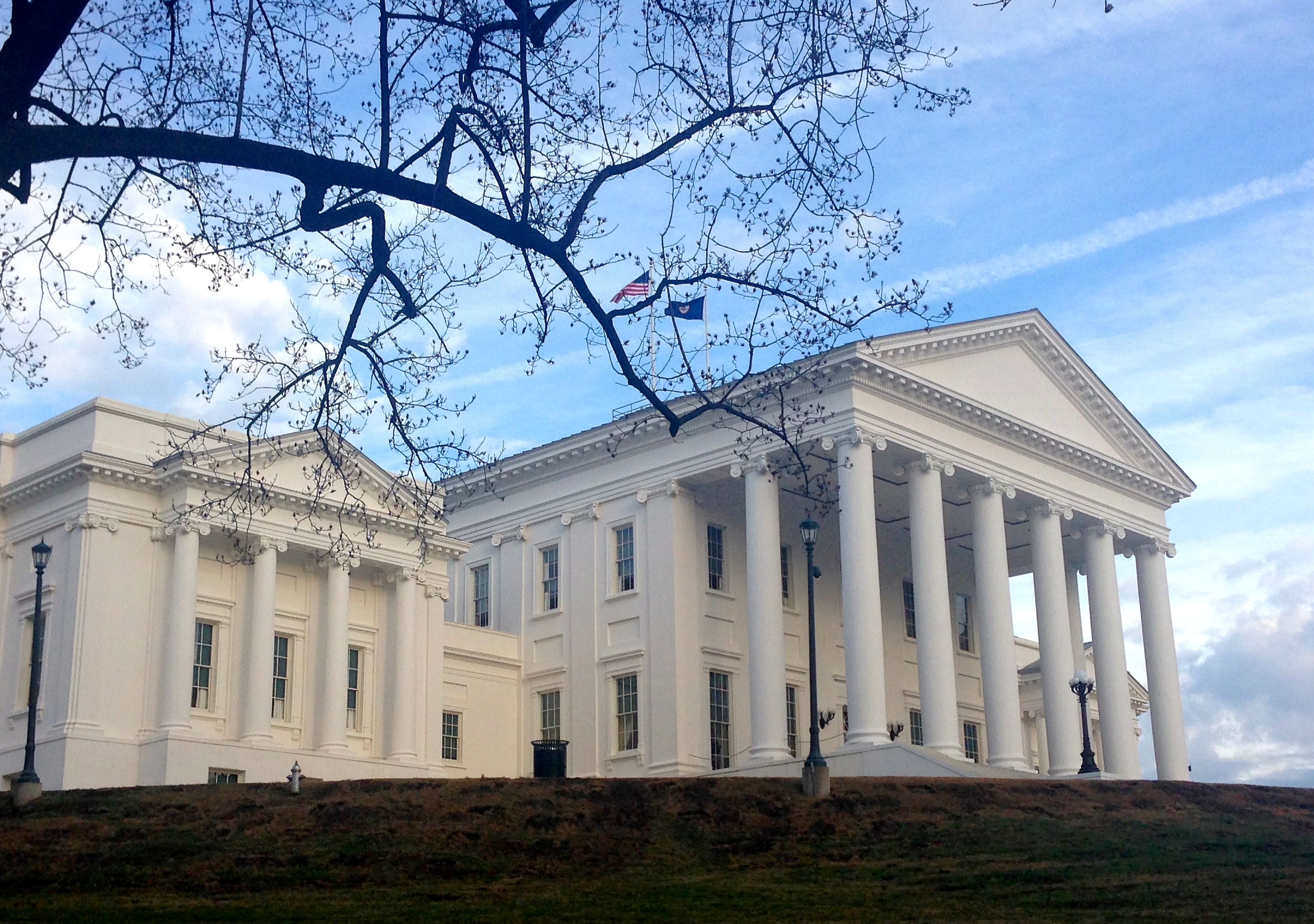

Good news for children’s mental health in the final budget! This week, the FY15-16 budget bill was passed by the House, Senate, and signed by the Governor. Despite the overwhelming focus this session on reforming the adult mental health system, we are pleased that the finalized budget included increased funding children’s crisis services and new funding for transition-age mental health services.
During the 2014 legislative session, the Campaign focused it’s attention on continuing to expand community-based crisis response services for children and child psychiatry services throughout Virginia. The General Assembly included $500,000 in FY15 and $1.0 million in FY16 to expand children’s access to crisis services in each of the five regions of the state. This funding will build on the $3.65 million in ongoing annual funding provided by the General Assembly in the last two sessions.
We are excited about this increase in funding because it has greatly improved the ability of some communities to stabilize children in psychiatric crisis without hospitalizing them. It has also significantly improved access to child psychiatry for those children in crisis and other children in rural areas with no local child psychiatrist. In FY13, the first year of implementation, these services reduced admissions to the state children’s psychiatric hospital by 10% and reduced bed day utilization by 21% as a result of the new services being available in their communities.
The final budget also included $3.5 million GF in FY15 and $4.0 million GF in FY16 to for transition-age mental health funding. This new funding will be used to increase access to critical community-based mental health outpatient services such as psychotherapy, medications and counseling for youth ages 17 to 24, a high-risk population that has not previously had targeted services.
Services for this age group is important because this time period is when symptoms of mental health disorders have their onset, but treatment can be very hard to get. The child mental health system stops abruptly at 18 for most, and involvement in the K-12 school system ends. These funds will help provide treatment and continuity of services for this vulnerable age group.
Read More Blog Posts